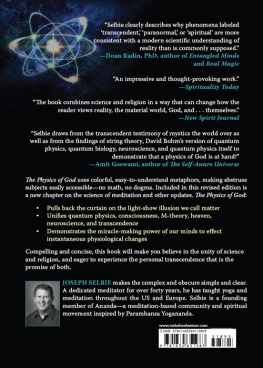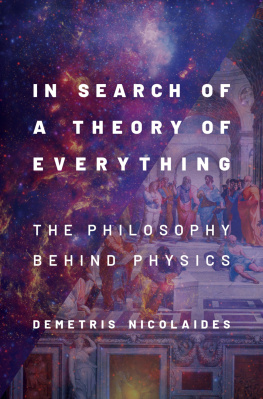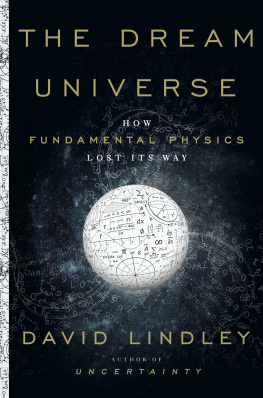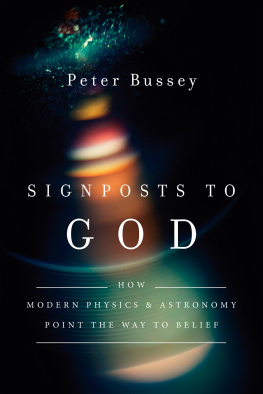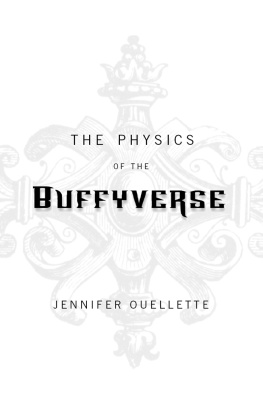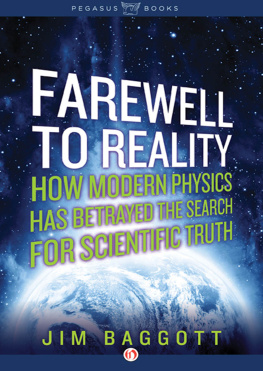Buddhism and Modern Physics:
FROM INDIVIDUALS TO RELATIONS
Volume 2: Scholarly Edition
Robert Alan Paul
January 2016
Copyright by Robert Alan Paul, 2016, 2017
All rights reserved.
In memory of
Catherine Stephanie Wykowski Paul
1949 - 2014
Buddhism and Modern Physics:
From Individuals to Relations
Volume 2: Scholarly Edition
Cover Blurb
In th e book I investigate distinctions between independent individuality and interactive relationality in physical phenomena. This common topic for modern physics and philosophy of science is explored using current research in those disciplines. Buddhism also focuses on relationships, proposing that independent things do not exist. In the context of physical reality, I take this Buddhist view as a hypothesis and examine it critically. We evaluate its arguments and find them generally to be problematic when evaluated against modern standards for logic and physics. However, its fundamental principleemptiness, or shunyatais still test-worthy.
Contrary to many books on Buddhism and science, this one takes a positive view of science. The book begins by defining science. While we discuss, explain and justify many views of science, and present the standard elements of science, physics and physics theories, I argue extensively for one perspective: pluralism in a synthesis of my own design: physics pluralism .
I show Buddhist emptiness (shunyata) to be quite consistent physical pluralism. When we test shunyata with physics within that knowledge framework uncovers the relevance, importance, and some truth in the Buddhist relationality ideas.
This Volume 2: Scholarly Edition expands significantly the treatment in Volume 1: Non-Technical Summary . Neither volume is mathematically technical. Both volumes provide background and develop concepts from a non-technical and non-specialized starting point . However, Volume 1 stopped there, while in this Volume 2 we examine extensive treatments of controversies, complexities and philosophically technical details, plus elaborate explanations and examples. Volume 2 contains hundreds of citations and footnotes, while Volume 1 has no footnotes and few citations, although both have complete bibliographies.
For four decades, Robert Alan Paul has studied physics, had a career as a physicist, and both studied and practiced Tibetan Buddhism. He holds a bachelors degree in physics, and separate masters degrees in philosophy; philosophy of science & mathematics; and physics (abd). He holds an interdisciplinary Ph.D. in four disciplines: philosophy of science, Western analytic metaphysics, Buddhist philosophy, and physics. His Ph.D. dissertation was the foundation for this book.
Abstract
The focus of this book is investigation of the distinctions between independent individuality and interactive relationality in physical reality as described by contemporary physics and Buddhism. Buddhism focuses on relationships, and proposes that independent individual entities and phenomena do not exist. In our context of physical reality, I take this Buddhist view as a hypothesis and examine it critically. We work at the intersection of four disciplines: philosophy of science, Buddhist philosophy (especially the middle way), Western analytic philosophy and physics.
Contrary to many books in this genre, this one takes a very favorable view of science. The author is a scientist, has graduate degrees in science and has experienced decades of work in the field. Additionally, he has graduate degrees in philosophy of science. He has become convinced that science has already provided extensive and comprehensive knowledge that we cannot discount. As far as we now know, science is certainly not the only form of knowledge, but this book focuses on what relevant knowledge it has provided.
We start with an exploration of the nature of science. While we discuss, explain and justify many standard views, and present the standard elements of science, physics and physics theories, I argue extensively for one perspective. Contrary to the fundamentalism, which many writers, philosophers and scientists promoteespecially in the 20 th centurythe author justifies a pluralist interpretation of science knowledge labeled Physical Pluralism. It surprised me when I discovered this view during research for his dissertation, and it surprised me even more when I became convinced of its validity and factual correspondence to the physical world. I justify this view throughout the book.
In addition, in contrast to many books in this genre and in the more general literature of Buddhist philosophies, this book does not leave the Buddhist concepts explained uncritically. This is not a presentation of Buddhist gospel. Rather, those philosophies and arguments are examined in detail, and are generally found wanting. nyat is the central Buddhist concept that we utilize, explain and analyze. Most authors discuss this as emptiness, yet it is more accurately rendered as being empty of inherent nature. We examine this concept, not simply as it is explained and argued by Buddhists and philosophers of Buddhism, but also against contemporary standards of what makes logical, philosophical, scientific and physics sense. It is determined that manyif not allof the arguments for nyat as a universal principle in the domain of physical reality are philosophically weak, illogical and/or factually fallacious.
Nonetheless, we take nyat as a hypothesis, and test it against current physics knowledge. When we interpret nyat within the knowledge framework of Physical Pluralism , and with application of contemporary standards of philosophical logic, we will discover its relevance, importance, and hopefully some truth.
I designed this Volume 2 for interested parties to read independently from Volume 1: Introductory and Summary Edition , although the latter may interest the reader in the next volume. Volume 2 leads the reader into more controversies, complexities and technical details that found in Volume 1 , yet provides background and develops the concepts from a non-technical and non-specialized starting point similar to the first volume. Some of the technical details presented in this Volume 2 may be of interest only to specialists or those with at least some background or interest in the details of philosophy of science, analytic metaphysics, physics and/or Buddhism.
Yet, again, even the reader with no special background should be able to understand this book. There are many footnotes, references and appendices in this editionsome of which are technical in nature. One of the appendices is a critical guide to further reading in the genre of Buddhism and science, which points out some of the differences between other books and my own.
Style note: Since I am a scientist and philosopher, I use the second person formwe, ourin much of this book when I refer to scientists or philosophers in a general way when the statement is not terribly controversial. Remember, everything is somewhat controversial, even that statement. I also use those forms when I refer generally to some image that I have of people generallyalthough this may not always be justifiedand to the reader, as in We will discuss. These forms assist in use of the active tense in my writing. When I discuss a particular argument with issues that are controversial and views to which some people may express vigorous opposition, I use first person, such as I argue that.
For 40 years, I have studied physics, had a career as a physicist, and studied and practiced Tibetan Buddhism. I hold a bachelors degree in physics, and separate masters degrees in philosophy; philosophy of science & mathematics; and physics (abd). I completed an interdisciplinary Ph.D. program in the four disciplines discussed in this book, as examined in my 2013 dissertation. The reader may contact me at .


